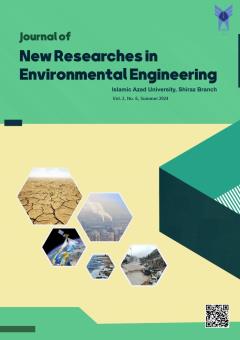-
-
-
Open Access Article
1 - Simultaneous location and design of solar and wind power plants in Fars province in order to reduce greenhouse gases
Mehdi Motevasel saman tashakor mohammad Arghavan -
Open Access Article
2 - Design and simulation of grid-connected hybrid solar-wind power plants to reduce carbon gas emissions in the 30th parallel north
Amirali Ghahramani8 saman tashakor
List of Articles saman tashakor
-
The rights to this website are owned by the Raimag Press Management System.
Copyright © 2021-2025


